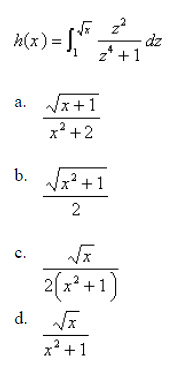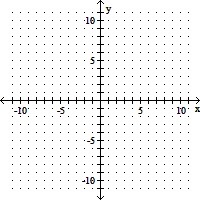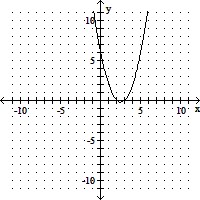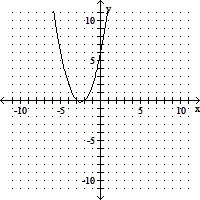Use Part 1 of the Fundamental Theorem of Calculus to find the derivative of the function.

e. none of the these

You might also like to view...
Use the substitution formula to evaluate the integral.
A. 6 ln 2 B. 3 ln 2 C. -3 ln 2 D. 3 ln 3
Solve the problem.When the angular displacement ? of a pendulum is small (less than about 6°), the pendulum moves with simple harmonic motion closely approximated by src="https://sciemce.com/media/4/ppg__tttt0610191332__f1q26g5.jpg" alt="" style="vertical-align: -4.0px;" /> and  where
where  g is the acceleration due to gravity, and l is the length of the pendulum. Find ? as a function of time (in sec) if
g is the acceleration due to gravity, and l is the length of the pendulum. Find ? as a function of time (in sec) if 

 when
when 
A. ? = -2 cos 1.4t + 0.1 sin 1.4t
B. ? = 0.1 cos 1.4t
C. ? = -2 sin 1.4t + 0.2 cos 1.4t
D. ? = -2 sin 1.4t + 0.1 cos 1.4t
Determine the vertex and the x-intercepts. Then sketch the graph.y = x2 + 5x + 6
A. 
Vertex:  ;
;
x-intercepts: (-3, 0) and (-2, 0)
B. 
Vertex:  ;
;
x-intercepts: (-3, 0) and (-2, 0)
C. 
Vertex:  ;
;
x-intercepts: (3, 0) and (2, 0)
D. 
Vertex:  ;
;
x-intercepts: (3, 0) and (2, 0)
Change to the equivalent decimal.
A. 76 B. 0.76 C. 0.13 D. 7.6